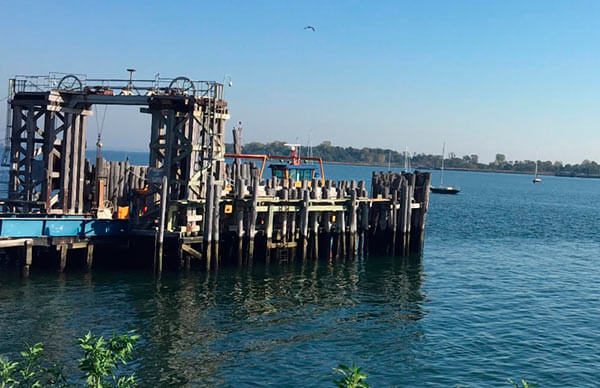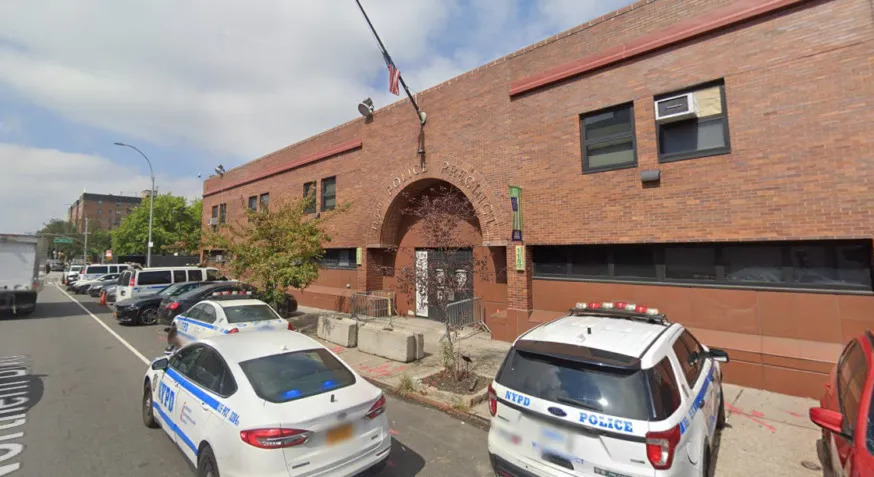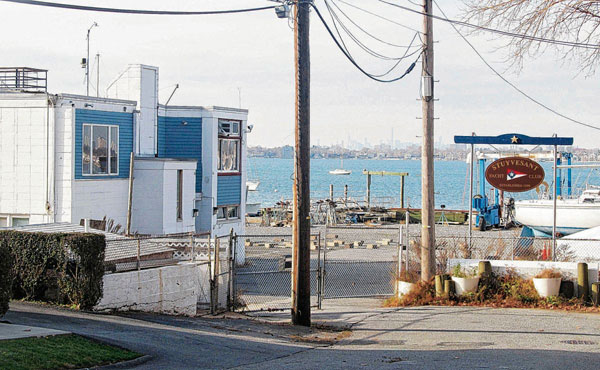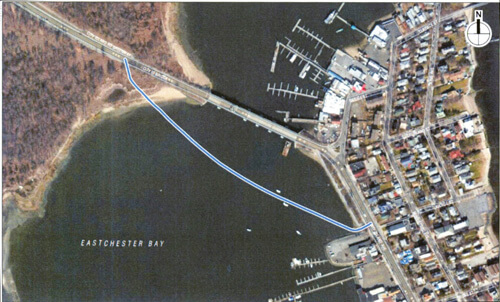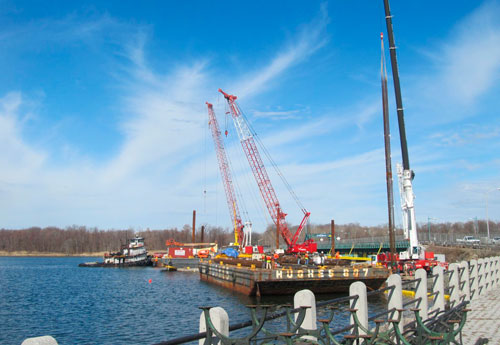Questions about the integrity of the shoreline at the city burial ground on Hart Island are being raised even in the midst of an effort to recognize the island’s historical significance.
The City Island Historical Society and advocacy group Hart Island Project are very close to finishing work on an application in conjunction with state authorities to make the island a historic place on state and national registries, said Barbara Dolensek, vice-president of CIHS.
The historical society is looking to add the 10-plus acre island off City Island, home to the city’s ‘Potter’s Field’ burial ground, to the National Registry of Historic Places, said Dolensek.
The effort is especially significant since the anniversary of the purchase of the island by New York City is approaching, she said.
“It was 150 years ago this May that the city bought the island,” said Dolensek, adding “The whole place is just really interesting and it should be respected.”
Dolensek said the island, which is typically off-limits to the public, would receive more visitors from family and friends of those interred there.
The island’s history includes use by both Union and Confederate troops during the Civil War and a myriad of functions by the city that goes far beyond the currently active Potter’s Field, she said.
This is effort is taking place while HIP is advocating for a project to maintain the island’s shoreline because of concerns that human remains are or could be eroding into Long Island Sound.
The Bronx Times obtained a copy of a 2013 report by the NYC Office of the Chief Medical Examiner that stated that “human remains were observed eroding from cliff banks in numerous locations, primarily along the northernmost portion of the island.”
The report stated that “the bones represent the remains of numerous individuals.”
Hart Island founder Melinda Hunt renewed calls on the NYC Department of Correction, which has jurisdiction over the island, to begin a Federal Emergency Management Agency funded project to stabilize a slope on the northern end of the island, as discussed in the report, as well as repair seawalls elsewhere on the island. The funding came in the wake of Superstorm Sandy
The city received $13.2 million to work on the project, according to Hunt, which she added is scheduled to begin in 2020.
“Every time there is a nor’easter that comes through, the slope erodes a little bit more,” said Hunt.
Hunt said that the DOC maintains that the bones described in the 2013 report were reinterred and there has not been erosion that involved graves since.
“The damage was done in 2012 and it is still being done, and the work will begin in 2020,” said Hunt, who also acknowledged that in other ways, the DOC is slowly making the other aspects of the island better.
Dolensek said that based on her knowledge, Hart Island sustained damage during Superstorm Sandy.
A DOC spokeswoman said currently there are no human remains on the Hart Island shoreline, that there haven’t been since 2013 and that there has been mis-reporting in some media outlets concerning the erosion issue recently.

